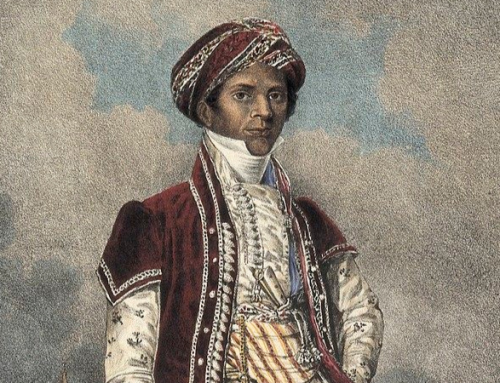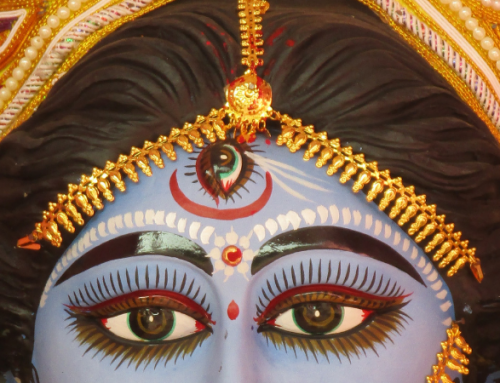Truth & Community
Satsangati kim na karoti pumsAm was one of the first Sanskrit phrases taught at my Ayurveda college; it can be translated as, “What does satsanga not do for humans?” The word satsanga most commonly describes an event during which individuals come together to attempt to make closer contact with the true and the real, with that which is permanent amid the impermanence of manifest existence.
Satsanga has today become even more critical to well-being than it was in the classical age, particularly in this age of virtual reality, “false news”, and other challenges to our ability to perceive what is truly true. As we proceed into the future satsanga may well become our chief tool for grounding ourselves in real reality, our bulwark of support as we face increasing imbalance in many of our walks of life. One benefit of the computer age is that even if we cannot always share the same physical space, those who value satsanga can still enjoy some of its benefits by connecting at a distance into “virtual” communities; but there is still great advantage to be had in joining together in person.
Community grows stronger when it can organize around a shared goal or activity. Over the years I have been blessed with opportunities to attend many and varied satsangas, but it was only last month that I experienced a genuinely national satsanga, at the 2017 Laulupidu, the 12th Estonian Youth Song and Dance Celebration in Tallinn, Estonia. Ten percent of Estonia’s one million Estonians participated, either as spectators or as dancers, instrumental musicians, vocalists or conductors. More than 8500 dancers promenaded about the field for the finale of the dance fest, and massed choirs totaling 11,224 songsters crowded the stage to bring to a close the seven hours of the song extravaganza.
Artistry has been an important means by which Estonia has managed to retain its culture despite centuries of oppression under foreign governments, and all children begin in kindergarten their study the dance and song of the “folk” (in its Old English sense of “people, nation, tribe”). The lyrics at the festival celebrated the shared components that unify the country in a unique and powerful way, factors that form the foundation of any healthy community: respect for mother, father and ancestors, for the shared language and arts, and for nature. This last is particularly noteworthy there, for while only 14% of Estonians subscribe to any organized religion 69% of them believe that trees have souls. (This is especially interesting given that a new study reveals that living near trees makes us healthier, and that a forest retreat can boost immunity and mood.)
Though we Americans who attended the festival did not understand the Estonian words we had no difficulty receiving the messages spoken from the hearts of the singers, and to see the images that those words conjured up for them. Singing builds shakti, and it was indeed heartening to share the fervor with which the country’s youth spoke of rededicating themselves to their community. While like all societies Estonia has its own challenges and difficulties, it is refreshing to find a people who seek to unite themselves not through nationalistic exceptionalism but rather through common values that stress positivity. Those who follow a spiritual path also need to feel connected to community, and Estonia can I believe offer a wholesome example of how community and individuals can support each other to grow sincerely in spirit.
2019 will mark the 150th anniversary of the first Laulupidu, and you can be sure that the voices there will ring out louder and clearer than ever before. Long may this cooperative spirit endure! Tänan, Eesti!
While in Estonia we celebrated Guru Purnima, and gave thanks that for all gurus everywhere. May all of you be blessed by the guru! OM!


